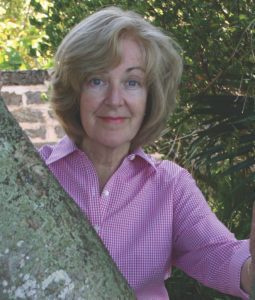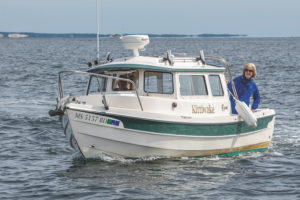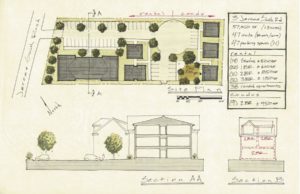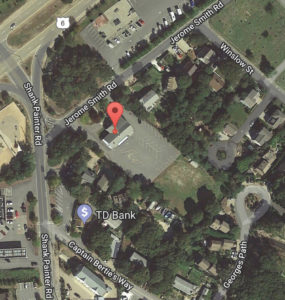TRURO — Maureen Alana Burgess, who was serving her second term on the Truro Select Board, died on Nov. 11, 2019 of a stroke that resulted from a brain arteriovenous malformation. She was 72.
She was born in Brooklyn, N.Y. on Feb. 10, 1947. Maureen’s mother, Brigit “Della” Corry, had emigrated from Cooraclare, County Clare, Ireland when she was 16. Her father, John Patrick Keenan, was a decorated combat medic who was wounded on Kwajalein Atoll. They moved to Blauvelt, N.Y. after the war and lived there for the rest of their lives.

Maureen became interested in rehabilitation during Pat’s recovery and graduated with a license in physical therapy from New York University at age 21. She specialized in treating children and pioneered providing school-based physical therapy in northern Westchester County, N.Y. Maureen developed a physician-referred private practice for infants and toddlers until she joined the faculty of New York Medical College’s Doctor of Physical Therapy program in 1998.
In 1970 Maureen met her husband, Peter, a teacher at Helen Hayes Hospital in Haverstraw, N.Y. Though Maureen was engaged to someone else, Peter caught her on her way to study at Sorbonne University, Paris. They married three weeks later, on Feb. 28, 1971. When her shocked Irish relatives wondered who Peter was, her father said, “I don’t know, but he looks a lot like Jesus Christ.”
Peter and Maureen had been married 48 years, 8 months, and 16 days when she died on Veterans Day.
Maureen was bright and ambitious about developing her abilities and extending her knowledge independently. In 1987 she enrolled at Columbia University in a master’s degree program in developmental psychology, in the same department where Peter was taking his doctorate in applied developmental and educational psychology. A delicious moment in their marriage occurred when he was assigned to teach some of her coursework.
Maureen specialized in the development of infant sensorimotor intelligence, and used her expertise working with infants to achieve significant advances in that field.
The Burgesses retired to Truro in 2003.
Maureen was elected to the select board in 2014 and re-elected in 2017. “I have a strong work ethic,” she wrote in a campaign brochure. “I do my homework and I am always prepared for meetings. I meet deadlines. I am an experienced team player and can work with groups of people with different goals and personalities. I have done that for the past three years as Truro’s representative to the Cape Cod National Seashore … I have good people skills, work collaboratively, seek consensus, and try to earn and keep people’s trust … I feel it is my civic responsibility to help represent the citizens of this unique and beautiful town.”

She loved all animals, especially her cat, Puma; the moon; flowers; dancing; and babies; and had a wicked sense of humor.
On Cape Cod, she volunteered for the International Fund for Animal Welfare for many years and as an interpreter for the Cape Cod National Seashore. She escorted guests and keepers to Race Point Lighthouse on an ATV during plover nesting shutdowns.
Maureen also served on the Cape Cod National Seashore Advisory Commission from 2014 until this year and was active with the Cape Downwinders. She held dual Irish and American citizenship.
People have noted Maureen’s grace and civility and her ability to listen without interjecting. She was kindly and empathic, smart, and worked hard. She avoided conflict, compromised to be effective at a later date, valued honesty, enjoyed people, and wisely took them for what they were and what they could do. She worked on relationships. Maureen had the right stuff all 72 years of her life.
Besides her husband, her survivors include many cousins, nieces, and nephews in Ireland, Australia, England, and the U.S.
People in Maureen’s old Irish family, it is said, always die leaving a joke. The furnace at Truro Town Hall malfunctioned just after she died, and every employee had a holiday the next day.


